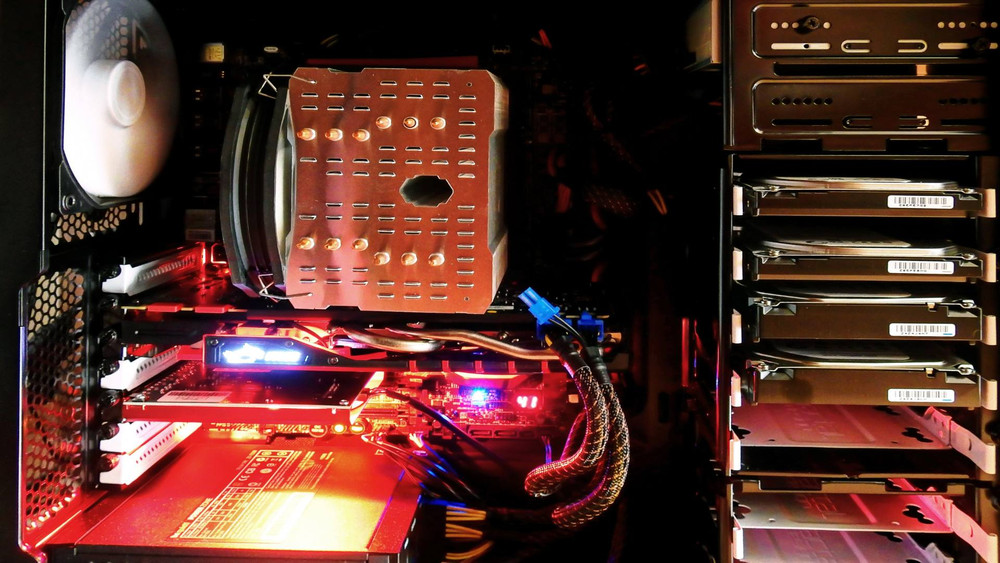Beyond the Basics: Navigating Server Memory vs. Desktop Memory
Oct 11th 2023
Like any complicated mechanism, it can be difficult to expand your understanding from the basics. This can be especially true of computing, especially a topic as long and potentially complex as system memory.
Today, we will expand our understanding of memory, comparing and contrasting server memory with desktop memory. If you don’t know what they are or what the difference could be, this is the article for you.
What is Server Memory?
Server memory is what we most commonly refer to when talking about RAM (or Random Access Memories). Server memory is the short-term memory that your computer uses to run programs, access files, and perform similar functions.
This memory can be read, written, or accessed in any order. A simple example can be multiple tabs in a web browser. Progress in one window can be held in memory while another window or tab is opened and changed. This allows the user to return to the previous window and have your place held.
How Much Server Memory Do You Need?
Most baseline CPU models come with 8 GB of server memory, and in most cases, that’s sufficient for day-to-day usage. However, depending on how much multitasking you do, this could strain your machine’s memory capacity.
In these cases, 16 GB of server memory can keep you multitasking with extremely limited slowdown and reloading. You can then easily keep over half of your current server memory usage focused on your main task.
There are also 32 GB and 64 GB server memory options, which are usually needed in more strenuous circumstances. Video editing is a great example where server memory of this size would be required.
How Do I Check How Much Server Memory I Have?
Checking your server memory couldn’t be easier. It should be listed under your system’s Properties as RAM or Installed Memory (and measured in gigabytes). It should also show the amount of usable memory (some of which may be reserved for other functions like graphics).
This report may also include the manufacturer's name and model. If it doesn’t, there are freeware third-party programs online that can help you figure this out.
Comparing Sever Memory vs Desktop Memory
Server memory isn’t the only type of memory you may hear being talked about, another common term is desktop memory. How can we compare server memory vs desktop memory?
Server memory can also include a type of memory called ECC (Error Correction Code) memory. As the name suggests, this memory can detect and usually correct code errors as they occur. This can give the machine additional reliability, especially in complex processing operations.
Desktop memory rarely includes any built-in ECC memory. It also generally isn’t necessary for everyday consumer needs, however.
Server memory is also often registered or load-reduced. This means it contains special circuitry that reduces electrical demands on the processor's memory controller. This enables it to accept more memory than is otherwise possible.
Desktop memory processors generally don’t need registered memory in consumer environments. Servers, on the other hand, require large amounts of memory for optimal performance with databases, OTLP, virtualization, and other workloads. Server memory, therefore, benefits from load-reduced memory functions like these.
Move Beyond the Basics with a Server Rack Upgrade from Rackfinity
The better your understanding is, the more informed decision you can make. That’s true for memory as anything else. Also, keeping your business up-to-date requires not just the right program but the memory to store and access it. You can not only keep up with new memory demands but also thrive with branded server memory from Rackfinity.
Even a fully outfitted and optimized server room won’t work great if its servers have inadequate memory. Therefore, make sure your servers are the right ones for your server room today.

